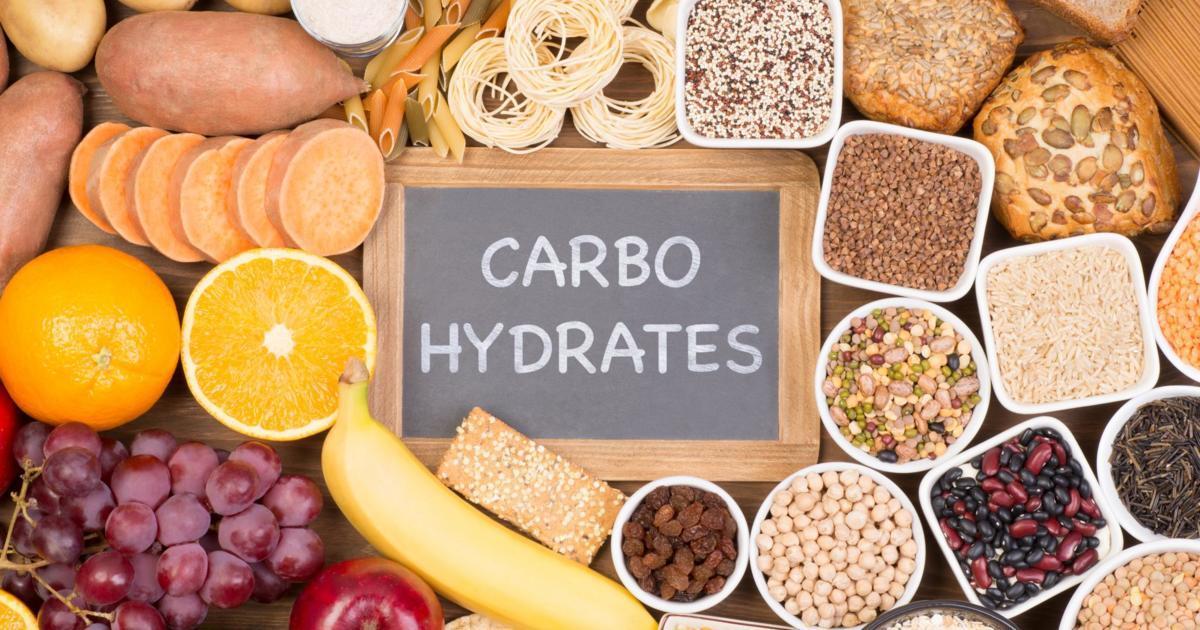Mrs. Karen Danette Meyers RD
Dietitian-Nutritionist
124 LAKEVIEW CT EDMOND OK, 73003About
Dr. Karen Meyers practices Nutritional Medicine in EDMOND, OK. Dr. Meyers has received an education on and advises people on matters of food and nutrition, considering how they both impact health. Nutritionists? help patients choose the right things to eat, help them plan menus, and advise them on the health effects of certain foods. Nutritionists assess a patients current dietary habits and needs, educate them on healthy eating habits, follow up to ensure the menus are working, and write reports that document a patients progress.
Provider Details
Expert Publications
Data provided by the National Library of Medicine- Calculated protein and proton motions coupled to electron transfer: electron transfer from QA- to QB in bacterial photosynthetic reaction centers.
- Backbone dipoles generate positive potentials in all proteins: origins and implications of the effect.
- A pragmatic approach to structure based calculation of coupled proton and electron transfer in proteins.
- Modeling the effects of mutations on the free energy of the first electron transfer from QA- to QB in photosynthetic reaction centers.
- -deltaG(AB) and pH dependence of the electron transfer from P(+)Q(A)(-)Q(B) toP(+)Q(A)Q(B)(-) in Rhodobacter sphaeroides reaction centers.
- Trapping conformational intermediate states in the reaction center protein from photosynthetic bacteria.
- Exploring the energy profile of the Q(A)(-) to Q(B) electron transfer reaction in bacterial photosynthetic reaction centers: pH dependence of the conformational gating step.
- Exploring the energy landscape for Q(A)(-) to Q(B) electron transfer in bacterial photosynthetic reaction centers: effect of substrate position and tail length on the conformational gating step.
- How cytochromes with different folds control heme redox potentials.
- Calculation of proton transfers in Bacteriorhodopsin bR and M intermediates.
- Protons forge new paths.
- pH dependence of heme electrochemistry in cytochromes investigated by multiconformation continuum electrostatic calculations.
- Energetics of quinone-dependent electron and proton transfers in Rhodobacter sphaeroides photosynthetic reaction centers.
- Are acidic and basic groups in buried proteins predicted to be ionized?
- Modeling binding kinetics at the Q(A) site in bacterial reaction centers.
Mrs. Karen Danette Meyers RD's Practice location
Mrs. Karen Danette Meyers RD's reviews
Write ReviewRecommended Articles
- Is Glucose a Carbohydrate?
IntroductionThe main source of energy for most of the world’s population is carbohydrate. In many pre-prepared foods this is the main ingredient. Mostly carbohydrates are classified based on chemical structure. Monosaccharide, disaccharides and polysaccharides are types of carbohydrates....
- What is Enteral Feeding?
Enteral feedingEveryone needs food for survival, but sometimes due to illness a person is unable to eat normally. This can be due to difficulty swallowing, reduced appetite or due to surgery that interferes with the eating process. Enteral tube feeding should be used in such cases. For this...
- Zinc Deficiency
What is zinc?Zinc is a mineral that plays an important role in many different chemical reactions in your body. The human body uses this mineral to fight off infections, maintain acid-base balance, promote growth and development, boost antioxidant activity, and regulate gene expression, among...
- How Does the Body Turn Carbohydrates into Glucose?
What are Carbohydrates?The body converts the food we eat into energy. Even though we obtain calories and energy from different food sources, such as carbohydrates, fats, and proteins, our main source of energy is still from carbohydrates. The body converts these carbs into glucose, which is the main...
- Best and Worst Substitutes for Heavy Cream
Heavy creamOne of the staple ingredients in a kitchen should be heavy cream. Many people do not keep heavy cream in their fridge and often use substitutes instead. You can make your own heavy cream substitutes. In many recipes, this is used in sour cream, soups, homemade butter, ice cream and...
- All About Vitamin B5 and Why We Need It
What is vitamin B5?Vitamin B5 is also known as pantothenic acid. This B vitamin was initially discovered by chemist Roger J. Williams in the year 1931. Pantothenic acid was basically discovered in combination with other compounds, and around 1938, it was successfully isolated on its own.In 1933,...
Nearest Hospitals
SUMMIT MEDICAL CENTERl
1800 SOUTH RENAISSANCE BOULEVARD EDMOND OK 73013INTEGRIS HEALTH EDMONDl
4801 INTEGRIS PARKWAY EDMOND OK 73034




